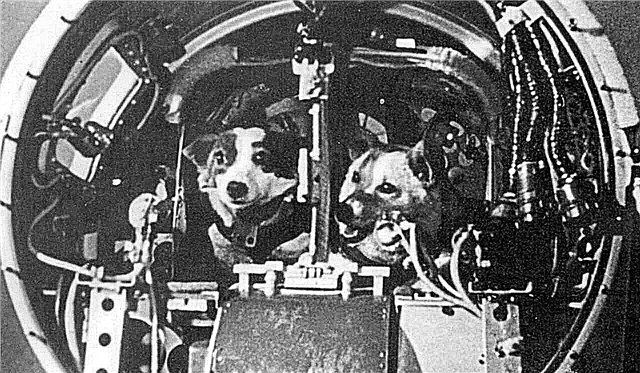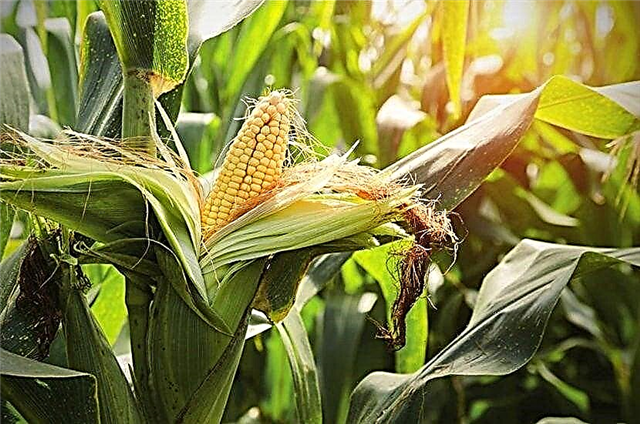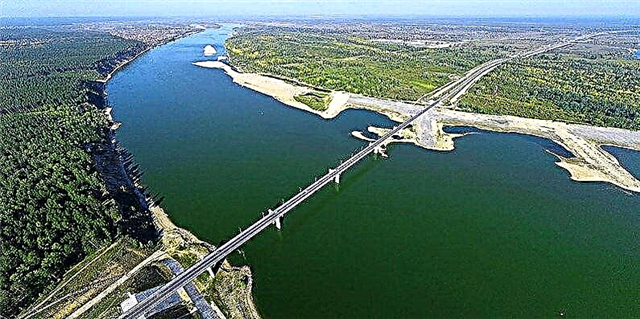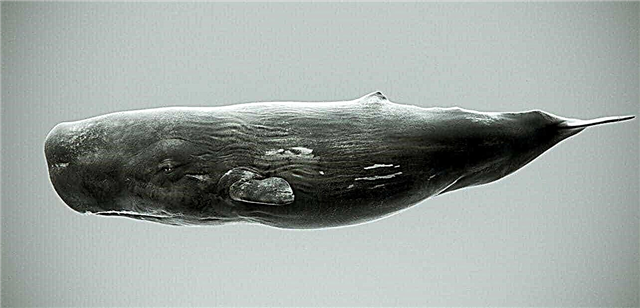
Every day, hundreds of millions of cuisines around the world boil water several times a day. Someone immediately recalls the school curriculum and the unusual word “cavitation” pops up in his memory.
"Some bubbles burst - and therefore noise," the subconscious helpfully prompts. But few people remember the exact course of the process. And, moreover, few people know that noise is created simultaneously by two phenomena.
What is boiling?
What is boiling? There is a clear definition: "Boiling is the vaporization that occurs simultaneously in the entire volume of liquid." To start the process, the following conditions must be met:
- The presence of vaporization centers;
- Constant heat input;
The liquid reaches a certain temperature, called the boiling point.
Why do steam bubbles form in boiling water?

The centers of vaporization, around which bubbles begin to appear, are small cracks, greasy spots, and solid particles - dust particles. They trap small volumes of air, and the liquid traps the air until it begins to boil. The water also contains dissolved gases: oxygen, nitrogen, carbon dioxide. The bonds between gas molecules and water molecules are weak and quickly collapse upon heating. When the dissolved gas is released, the pressure of the water forces it to take the most energy-efficient - spherical shape. It turns out bubbles.
After the evolution of gas, the heat begins to separate the liquid molecules.Steam forms, which is released inside already formed bubbles. So the boiling process begins.
Causes of boiling noise

The first signs of boiling can be observed at the bottom of the kettle - there is the highest temperature, it is there that the first bubbles appear. Each of them contains gas and saturated steam. While the bubble is small, it is held by surface tension. Then, the rapidly moving water molecules that form the vapor accumulate inside the bubble and it begins to increase. Detachment occurs at the moment when the force of Archimedes, pushing the bubble, becomes more than the tensile forces holding it. The bubble is released and rushes to the surface
Detachment causes fluid to vibrate. These vibrations are the first cause of boiling noise.. You can estimate the frequency of the received sound. It is inversely proportional to the time it takes a bubble to break away from the bottom. Time, however, characterizes the strength of the oscillation caused by separation.
The calculations showed that the average separation time is about 0.01 seconds, which means that the sound frequency is about 100 Hz. It was these data that allowed scientists to understand that there was some other reason for the noise when boiling the kettle. After all, the real frequency of sound was measured and turned out to be an order of magnitude greater than calculated.
The discovery of the dual nature of noise was made by Scottish scientist Joseph Black. This happened in the 18th century, during his work at the University of Edinburgh.
The main source of noise when boiling water
It was Joseph Black who first investigated the boiling process and established the source of additional noise. He found that not all bubbles coming off the bottom and walls reach the surface. And at the very beginning of the boiling process, not a single bubble reaches the surface - they disappear into the water column.
The phenomenon so interested the scientist that he spent several sleepless nights trying to find the cause of the disappearance of the bubbles. Research has helped to make the right conclusion. The answer was simple - the temperature difference. At the beginning of their movement, the bubbles are in the hottest part of the vessel. Saturated vapor pressure allows them to maintain their spherical shape.
Sound change when boiling water

When moving up, the bubbles fall into the colder layers. The steam begins to condense, the pressure inside drops. At some point, he can no longer hold his shape and collapses. The phenomenon of formation, separation and collapse of bubbles during boiling was called "cavitation". The necessary calculations were carried out, which showed that the frequency of sound during collapse is close to the value of 1000 Hz. Data correspond to experimentally measured parameters. As the fluid heats up, the bubbles stop collapsing and the noise level changes. The frequency of sound decreases markedly. Soon, without exception, all the bubbles reach the surface. The noise subsides, a "gurgle" arises.
Birth, separation, bubbling and bursting of bubbles is a physical phenomenon that millions of people see every day. But boiling is harder than it seems at first.Two processes can be distinguished: cavitation and fluid oscillation during bubble detachment. Both produce a distinctive sound, but the acoustic effect of one is easy to distinguish from the other. By the noise, you can easily determine when the water in the kettle has warmed up to the desired temperature.












